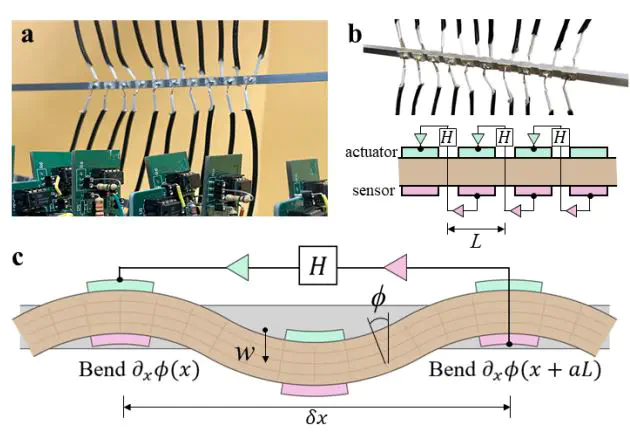
Abstract
Proteins play an important role in organisms. The fast and high-accuracy detection of proteins is demanded in various fields, such as healthcare, food safty, and biosecurity, especially in the background of the globally raging severe acute respiratory syndrome coronavirus 2 (SARS-CoV-2). Optical fiber sensors have great potential for protein detection due to the excellent characteristics of high sensitivity, miniaturization, and capability for remote monitoring. Over the past decades, a large number of structures have been investigated and proposed. This paper begins with an overview of different fiber sensing structures for protein detection according to the fundamental sensing mechanisms. The overview is classified into four sections, including intensity-modulation, phase-modulation, scattering, and fluorescence. In each section, we reviewed the recent advances of fiber protein sensors and compared their performance, such as sensitivity and limit of detection. And then we analyzed the advantages and disadvantages of the four kinds of biosensors. Finally, the paper concludes with the challenges faced and possible future development of optical fiber protein biosensors for further study.
Supplementary notes can be added here, including code, math, and images.